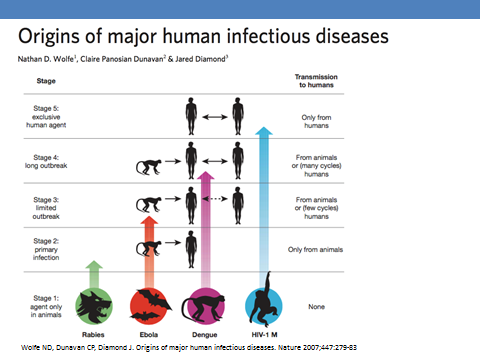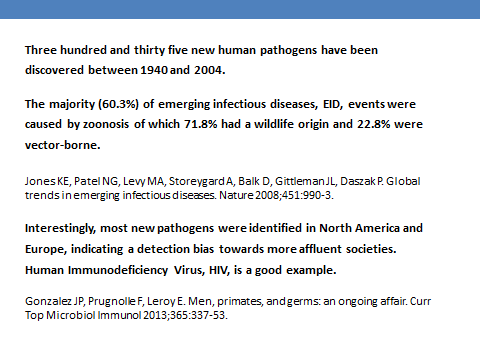
Biography
Biography: Faryal Khamis
Abstract
Statement of the Problem: Historical information, microbial sequencing and phylogenetic constructions make it clear that infectious diseases have been emerging and reemerging over millennia and those emergences are driven by numerous factors. Despite extraordinary advances in development of medical advancements (diagnostics, therapeutics, and vaccines), the ease of world travel and increased global interdependence have added layers of complexity to containing infectious diseases that affect not only the health but the economic stability of societies.
Findings: Notably, 60 to 80 percent of new human infections likely originated in animals. Most other emerging/ reemerging diseases result from human-adapted infectious agents that genetically acquire heightened transmission and/or pathogenic characteristics such as multidrug-resistant and extensively drug-resistant (MDR and XDR) tuberculosis. In the meantime, new human diseases keep emerging such as the novel MERS coronavirus emerged in Saudi Arabia in late 2012 and a new H7N9 avian influenza virus became epizootic in Eastern China in early 2013.
Conclusion: Many of these emerging/ reemerging infections whether or not proceed to outbreaks, attract global attention and require significant international effort to monitor and contain. Microbial advantages can be met and overcome only by aggressive vigilance, ongoing dedicated research, and rapid development and deployment of such countermeasures as surveillance tools, diagnostics, drugs, and vaccines.
Recent Publications:
1. MBio. 2013 Sep 3;4(5):e00598-13. doi: 10.1128/mBio.00598-13
2. Gonzalez JP, Prugnolle F, Leroy E. Men, primates, and germs: an ongoing affair. Curr Top Microbiol Immunol
2013;365:337-53.
3. Metcalf & Lessler Science 2017;357:149-52
4. Agarwal A et al. Two novel epistatic mutations (E1:K211E and E2:V264A) in structural proteins of
Chikungunyavirus enhance fitness in Aedes aegypti. Virology. 2016;497:59-68.
5. Zaki AD et al. N Engl J Med 2012;367:1814-20.
6. Petersen E. Emerging infections-an increasingly important topic: review by the Emerging Infections Task
Force.Clin Microbiol Infection 2018 Apr;24(4):369-375. doi: 10.1016/j.cmi.2017.10.035



